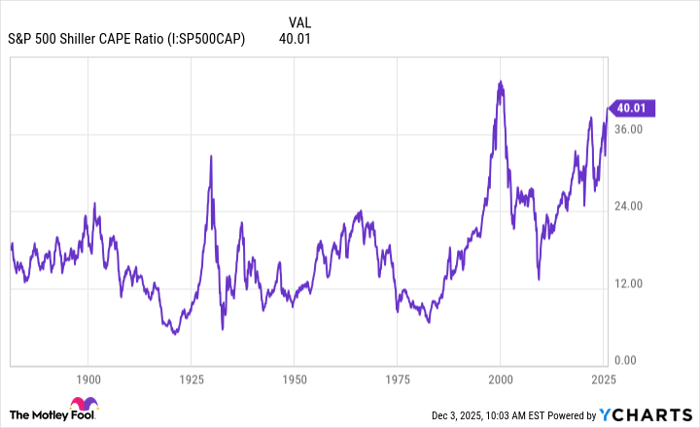The Chilean government has announced plans to open 26 lithium salt flats to private companies, initiating a tender process in April that is slated to conclude by July. The initiative is expected to result in the development of three to four new projects by 2026.
Among these, the Atacama and Maricunga salt flats, deemed strategically important and currently under state-controlled partnerships, hold a collective lithium potential of 10.8 million tonnes, representing a significant portion of global reserves at 64%.
According to mineral expert José Cabello of consulting firm Mineralium, an additional 3.3 million tonnes of lithium could be unlocked from nine other salt flats.
Additionally, government officials have revealed plans to establish a network of protected salt flats, situated in National Parks and other ecologically sensitive areas, which will remain untouched.
The Balancing Act
Chile, renowned as the world’s leading copper producer and second-largest lithium producer after Australia, faces the challenge of managing state control in the industry while attracting private investments, preserving the environment, and diversifying its value chain.
Currently, the only companies involved in lithium extraction in Chile are local firm SQM and US-based Albemarle, both operating in the Atacama salt flat.
In an attempt to strike a balance, the government has tasked state-owned copper producer Codelco with negotiating partnerships with these companies. While a preliminary agreement has been reached with SQM, negotiations with Albemarle are still ongoing.
Recently, Codelco successfully concluded the $254 million acquisition of Australia’s Lithium Power International, securing ownership of the Maricunga lithium project located in the namesake salt flat.
Chile projects a quadrupling of global lithium demand by 2030, reaching 1.8 million tonnes, while supply is anticipated to be at 1.5 million tonnes. Despite the optimistic outlook, lithium carbonate exports accounted for a decreased share of total Chilean shipments in 2023, dropping from 8.4% the previous year to 5.3%.










